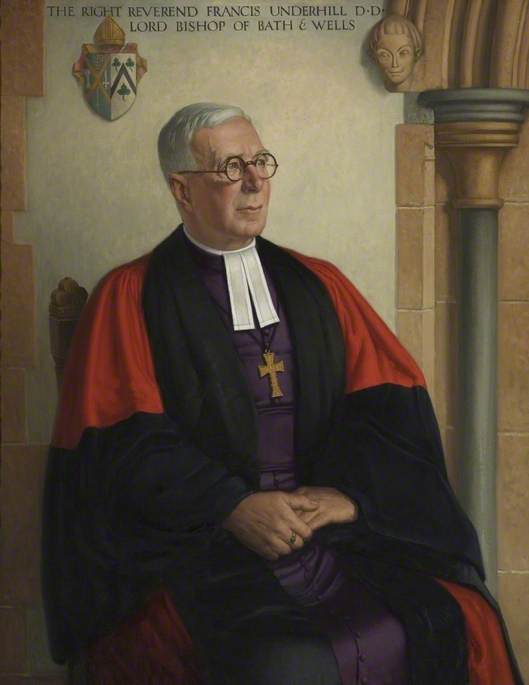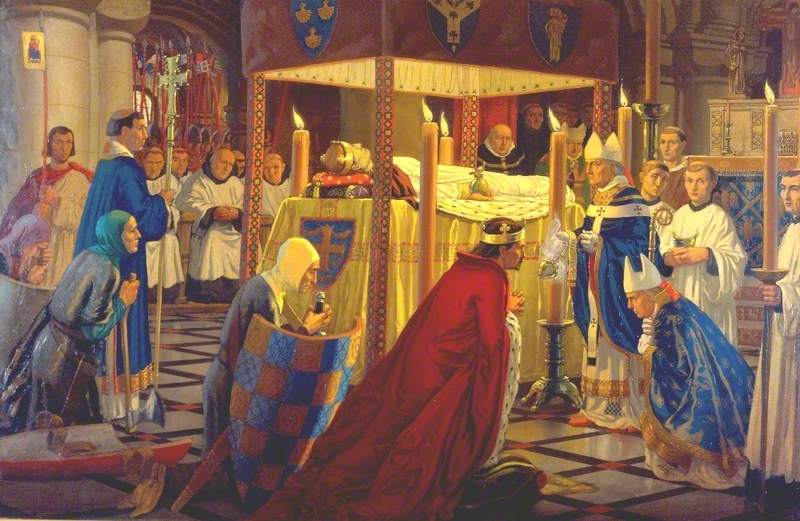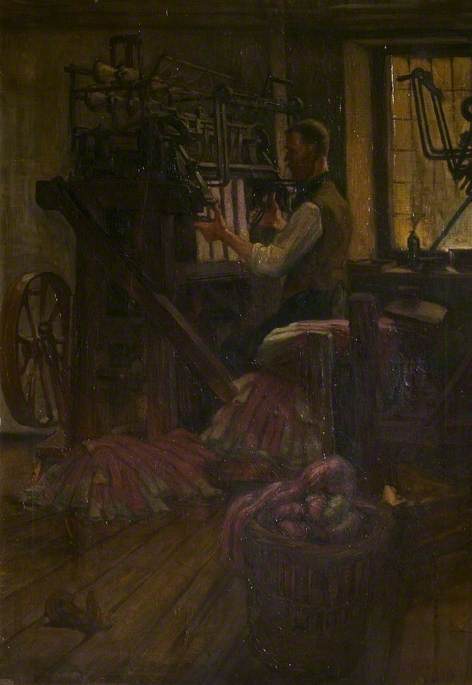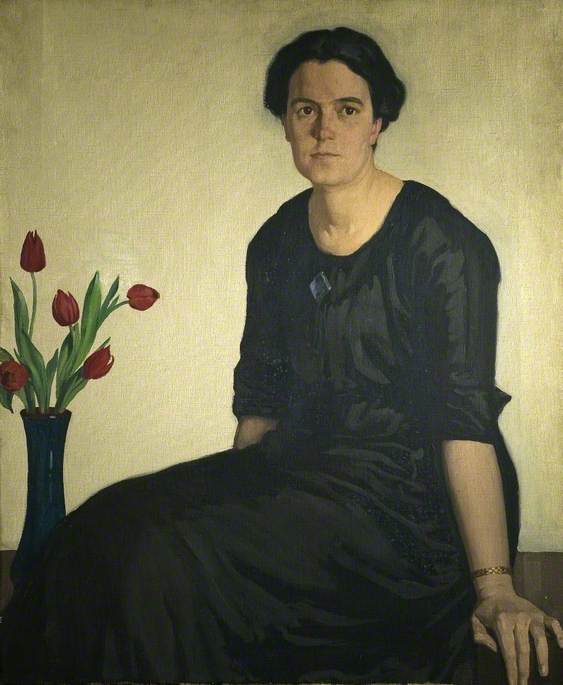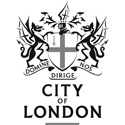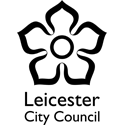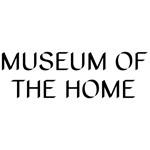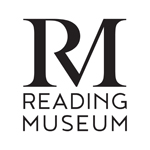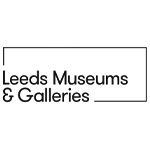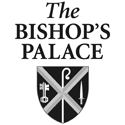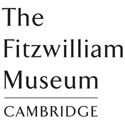
Harry Morley was born in Leicester, England on 5 April 1881 and studied architecture at Leicester School of Art. In 1901 he began training in the London office of the architect Arthur Beresford Pite (1861-1934). He then continued his architectural studies at the Royal College of Art in London. In 1905 [or 1904 - sources differ] he was awarded scholarships from the RCA and the Royal Institute of British Architects which enabled him to attend the Académie Julian in Paris and to travel though Italy and France. Following his return to England, Morley appears to have abandoned thoughts of practising as an architect, and embarked on a career as a painter, illustrator, and (from 1928) engraver. From the early 1900s onwards Morley exhibited extensively, including at Agnew & Sons Gallery, Beaux Arts Gallery, Colnaghi & Co.
He was elected an Associate of the Royal Academy of British Artists (A.R.B.A.) in 1923; a member of the Royal Academy of British Artists (R.B.A.) in 1924; an Associate of the Royal Society of Painters in Water Colours (A.R.W.S.) in 1927; an Associate of the Royal Society of Painter-Etchers and Engravers (A.R.E.) in 1929; a member of the Royal Society of Painters in Water Colours (R.W.S.) in 1931; and an Associate of the Royal Academy (A.R.A) in 1936. Between 1937 and 1941 he was Vice President of the Royal Society of Painters in Water Colours (V.P.R.W.S.) Morley was also elected to the Art Workers Guild in 1921 and was Master of the Guild in 1936.
Among books he illustrated were 'A Wanderer in Florence' by E.V. Lucas (London: Methuen, 1912); 'The Charm of Edinburgh. An Anthology', compiled by Alfred H. Hyatt (London: Chatto & Windus, 1913); 'The Charm of Paris. An Anthology', compiled by Alfred H. Hyatt (London: Chatto & Windus, 1913); 'Cambridge from Within' by Charles Tennyson (London: Chatto & Windus, 1913); 'A Wanderer in Florence' by E.V. Lucas (London: Methuen, 1914); A Wanderer in Rome' by E.V. Lucas (London: Methuen, 1926); 'Cities in Sicily' by Edward Sutton (London: Methuen, 1926)
His address was given as 29 Melton Road, Leicester in 1891; 3 Wharton Road, Hammersmith in 1901; Branting Hill, Groby, near Leicester in 1911; and 4 Pembroke Road, Kensington, Middlesex [now London] in 1939. He died in Kensington, Middlesex [now London] on 18 September 1943.
Text source: Art History Research net (AHR net)
Text source: Art History Research net (AHR net)
